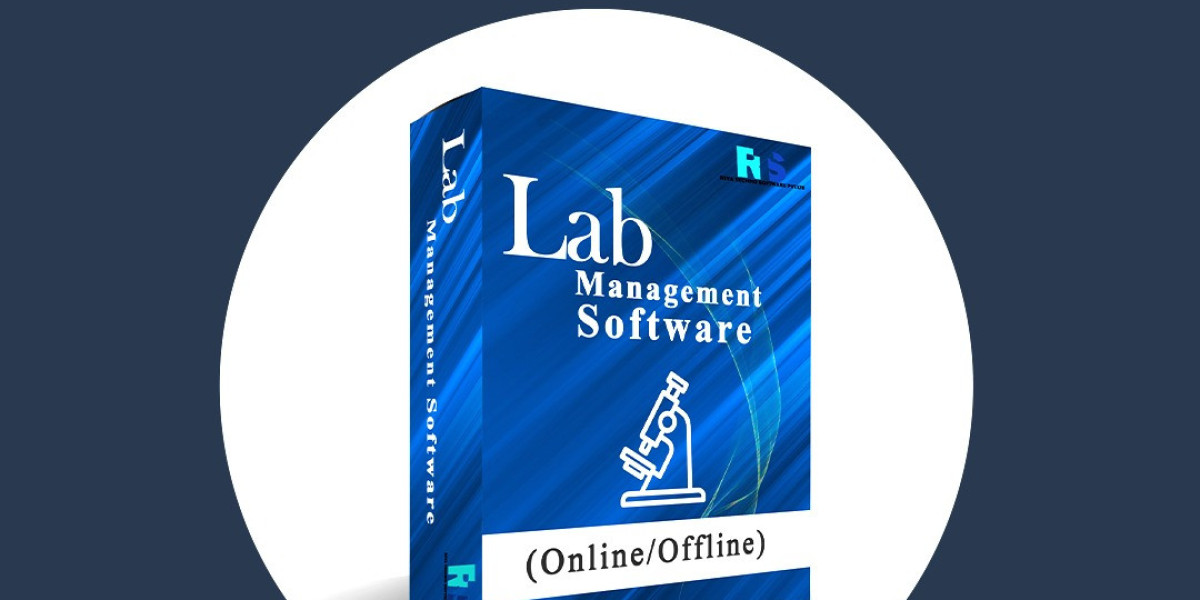Gray iron casting is a time-honored technique in the world of metallurgy and manufacturing, revered for its versatility, strength, and reliability. In this comprehensive guide, we delve into the intricacies of gray iron casting, exploring the process, applications, and advantages that make it a cornerstone in various industries.
Understanding Gray Iron Casting:
Composition and Properties: Gray iron, also known as grey iron, owes its name to the gray appearance it achieves when fractured. This cast iron alloy primarily consists of iron, carbon, and silicon, with small amounts of other elements. Its unique microstructure imparts exceptional strength, excellent machinability, and good wear resistance.
The Casting Process: Gray iron casting involves melting the alloy and pouring it into a mold to achieve the desired shape. The mold is typically made of sand, allowing for intricate and detailed designs. During cooling, the carbon in the iron forms graphite flakes, giving gray iron its distinctive appearance and enhancing its mechanical properties.
Applications of Gray Iron Casting:
Automotive Industry: Gray iron's high strength and wear resistance make it a preferred choice for components in the automotive industry. Engine blocks, brake components, and transmission cases are often manufactured using gray iron casting due to its ability to withstand high stress and temperature variations.
Construction and Infrastructure: In construction, gray iron casting finds applications in manufacturing pipes, fittings, and various structural components. Its durability and resistance to corrosion make it ideal for withstanding the rigors of harsh environmental conditions.
Machinery and Equipment: The machinery sector benefits significantly from gray iron casting, with applications ranging from manufacturing gears and pulleys to pump housings and compressors. Its ability to absorb and dampen vibrations enhances the performance and longevity of machinery components.
Advantages of Gray Iron Casting:
Cost-Effective Production: Gray iron casting is a cost-effective method due to the abundance of its raw materials and the relatively low cost of production. This makes it an attractive option for mass production without compromising on quality.
Versatility in Design: The sand molding process used in gray iron casting allows for intricate and complex designs. Manufacturers can achieve detailed and precise shapes, providing flexibility in product design and development.
Excellent Machinability: Gray iron's microstructure, characterized by graphite flakes, contributes to its excellent machinability. This property simplifies the machining process, resulting in reduced production time and costs.
Conclusion:
Mastering the craft of gray iron casting requires a deep understanding of the alloy's composition, the intricacies of the casting process, and the diverse applications across industries. As a time-tested method with a rich history, gray iron casting continues to play a pivotal role in shaping the industrial landscape, providing durable and reliable components that drive progress across various sectors.








